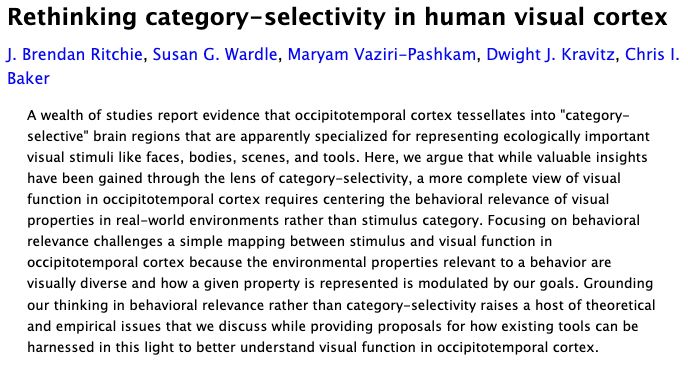https://scholar.google.com/citations?user=TvNa77oAAAAJ&hl=en

Free, open & virtual.
This "Part 1" will focus on basic visualization and single subject FMRI processing, including discussions of alignment, templates, regression, ROIs and quality control.
Details & registration: afni.nimh.nih.gov/bootcamp
Free, open & virtual.
This "Part 1" will focus on basic visualization and single subject FMRI processing, including discussions of alignment, templates, regression, ROIs and quality control.
Details & registration: afni.nimh.nih.gov/bootcamp

What happens to the brain’s body map when a body-part is removed?
Scanning patients before and up to 5 yrs after arm amputation, we discovered the brain’s body map is strikingly preserved despite amputation
www.nature.com/articles/s41593-025-02037-7
🧵1/18
What happens to the brain’s body map when a body-part is removed?
Scanning patients before and up to 5 yrs after arm amputation, we discovered the brain’s body map is strikingly preserved despite amputation
www.nature.com/articles/s41593-025-02037-7
🧵1/18
@ryanruhde.bsky.social Mica Carroll @cibaker.bsky.social
#trns #nibs #NIMH
doi.org/10.1016/j.co...
1/6
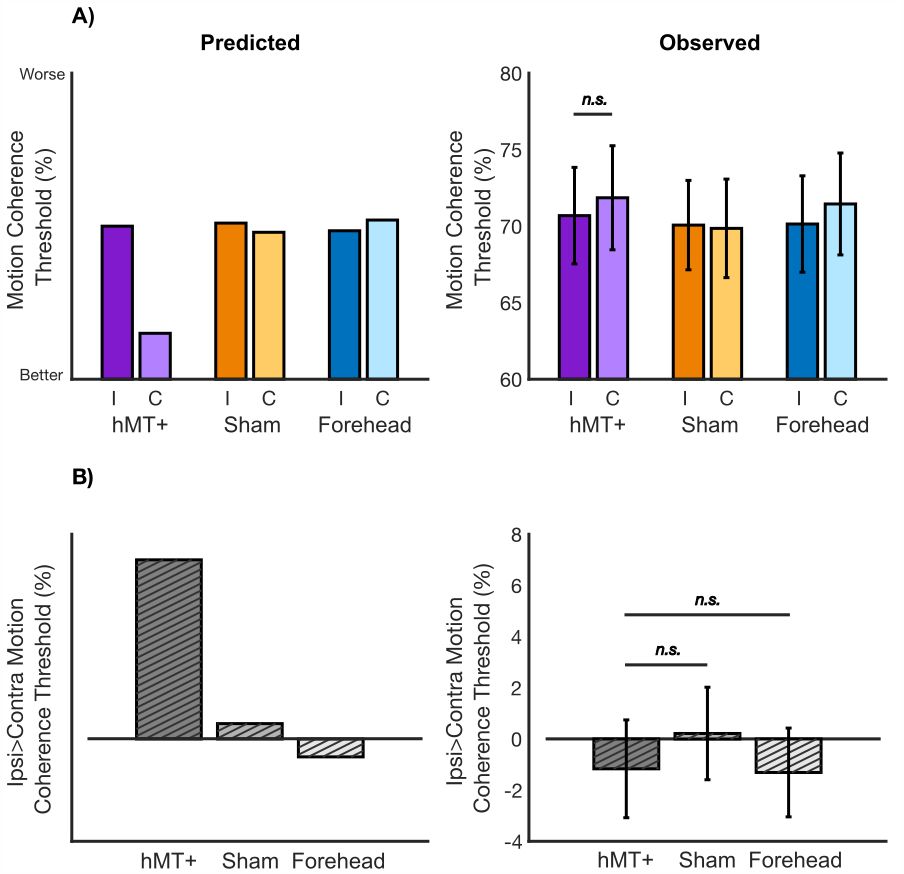
@ryanruhde.bsky.social Mica Carroll @cibaker.bsky.social
#trns #nibs #NIMH
doi.org/10.1016/j.co...
1/6
www.pnas.org/doi/10.1073/...
Using behavior, fMRI and deep network analyses, we report two key findings. To recapitulate (preprint 🧵lost on other place):

www.pnas.org/doi/10.1073/...
Using behavior, fMRI and deep network analyses, we report two key findings. To recapitulate (preprint 🧵lost on other place):
"Go Figure: Transparency in neuroscience images preserves context and clarifies interpretation"
arxiv.org/abs/2504.07824
TL;DR: The FMRI world can (and should) improve results interpretation and reproducibility *today*, via transparent thresholding.

"Go Figure: Transparency in neuroscience images preserves context and clarifies interpretation"
arxiv.org/abs/2504.07824
TL;DR: The FMRI world can (and should) improve results interpretation and reproducibility *today*, via transparent thresholding.
Object-centric neural representations across species 🐒🐁🕷️🐝🖥️
Check out our homepage: toliaslab.org/workshop/cos...
Excellent speakers include @dyamins.bsky.social @hansopdebeeck.bsky.social & many more 🙌
Object-centric neural representations across species 🐒🐁🕷️🐝🖥️
Check out our homepage: toliaslab.org/workshop/cos...
Excellent speakers include @dyamins.bsky.social @hansopdebeeck.bsky.social & many more 🙌
In response to @thetransmitter.bsky.social article by @tyrellturing.bsky.social & Eva Dyer I'll be talking about:
How do "foundation"/AI models help us (experimenters) study the brain?

In response to @thetransmitter.bsky.social article by @tyrellturing.bsky.social & Eva Dyer I'll be talking about:
How do "foundation"/AI models help us (experimenters) study the brain?
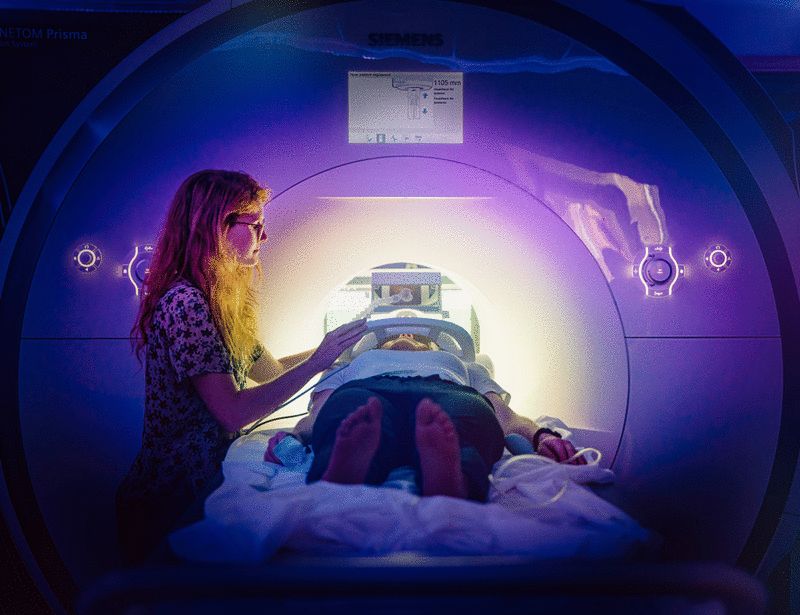
Spoiler: It's about modularity in mid-level vision. 🤓
Original paper:
doi.org/10.1093/brai...
Commentary:
doi.org/10.1093/brai...
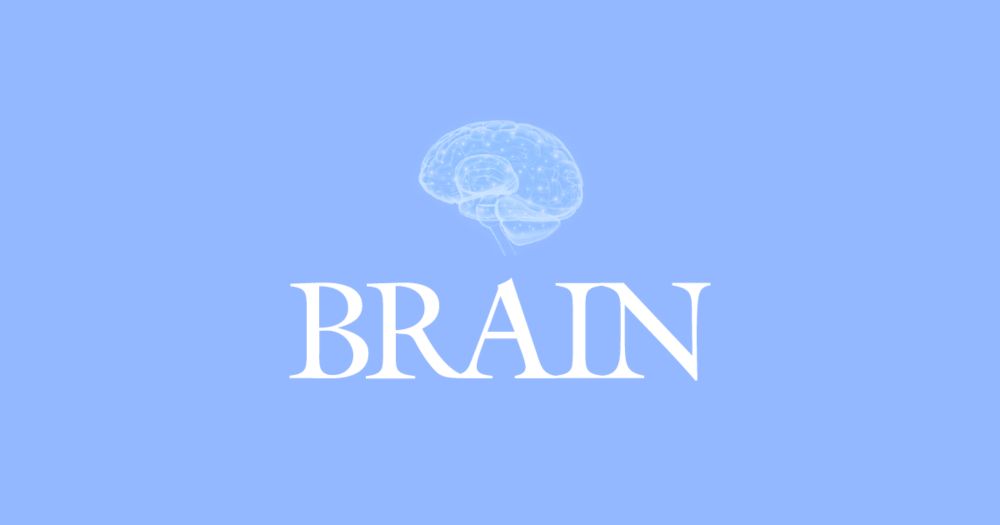
Spoiler: It's about modularity in mid-level vision. 🤓
Original paper:
doi.org/10.1093/brai...
Commentary:
doi.org/10.1093/brai...
In a large-scale (N = 13539!) inattentional blindness experiment ran on naive museum visitors we demonstrate visual sensitivity to the 🚶♀️ upright human form 🚶♂️
@dondersinst.bsky.social
Open access link
www.sciencedirect.com/science/arti...

In a large-scale (N = 13539!) inattentional blindness experiment ran on naive museum visitors we demonstrate visual sensitivity to the 🚶♀️ upright human form 🚶♂️
@dondersinst.bsky.social
Open access link
www.sciencedirect.com/science/arti...
www.pnas.org/doi/10.1073/...
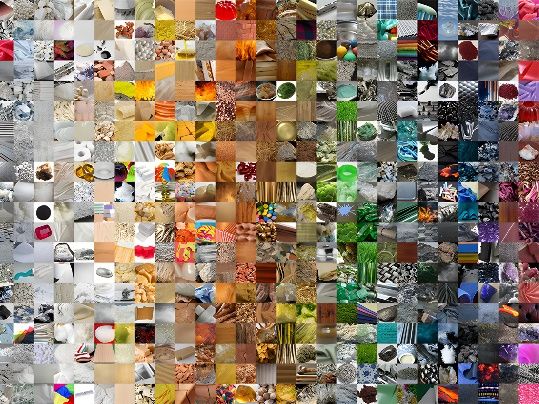
www.pnas.org/doi/10.1073/...
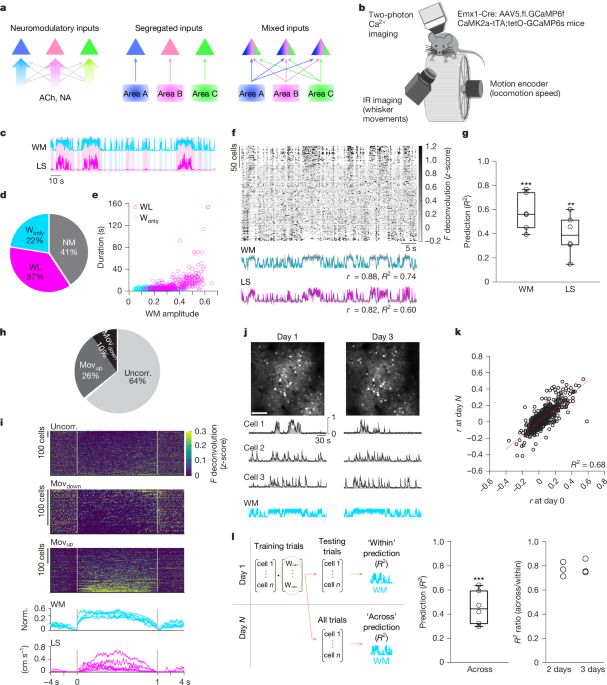

2025🚨
Join me in Geneva Switzerland #unige to learn more about colour perception. Using neuroimaging & computational modelling, you'll be working with an international & interdisciplinary team to understand how we transform light into a colourful world!🧠👁️🌈 #neurojobs
2025🚨
Join me in Geneva Switzerland #unige to learn more about colour perception. Using neuroimaging & computational modelling, you'll be working with an international & interdisciplinary team to understand how we transform light into a colourful world!🧠👁️🌈 #neurojobs
Chris Baker's talk now at University of Maryland
#neuroscience

Chris Baker's talk now at University of Maryland
#neuroscience
www.pnas.org/doi/10.1073/...

www.pnas.org/doi/10.1073/...
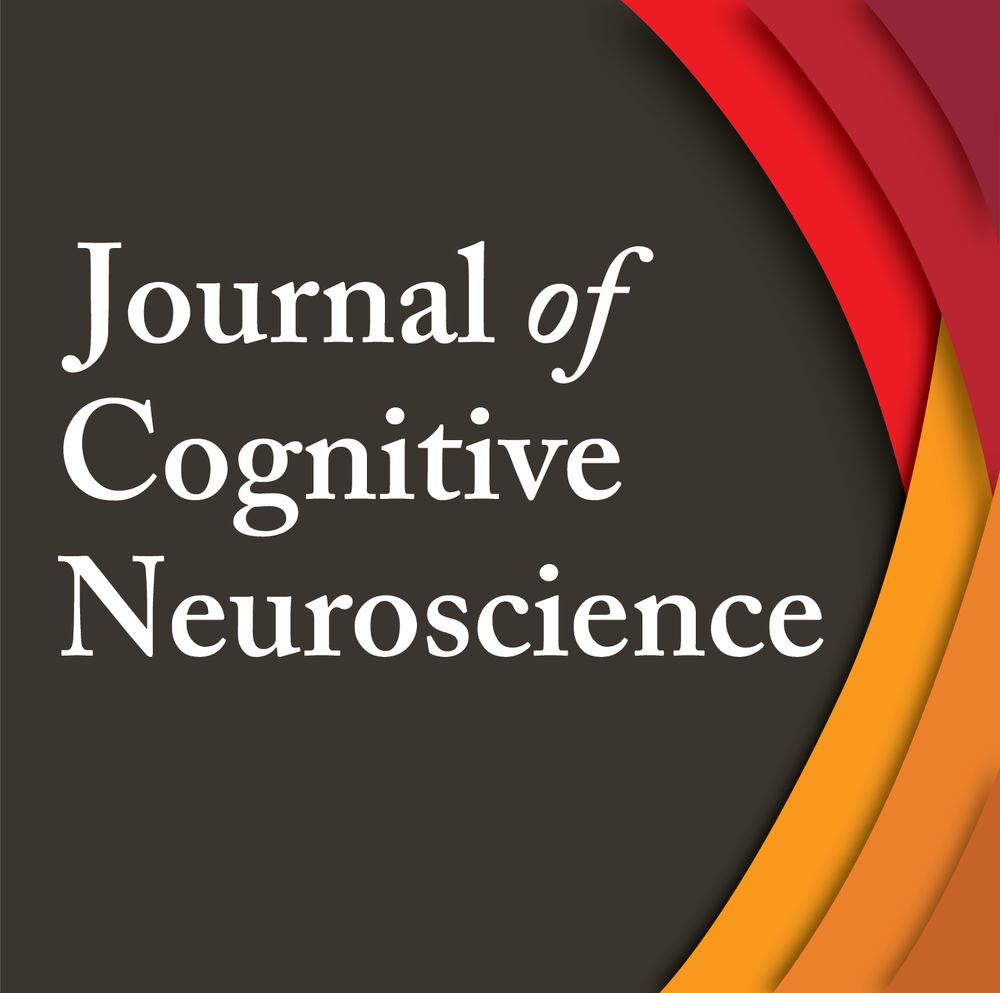
arvojournals.org/DocumentLibrar…
@cibaker.bsky.social @dimafic.bsky.social @irisgroen.bsky.social @tgro.bsky.social @rdenison @melcherpaclab.bsky.social
arvojournals.org/DocumentLibrar…
@cibaker.bsky.social @dimafic.bsky.social @irisgroen.bsky.social @tgro.bsky.social @rdenison @melcherpaclab.bsky.social
"Mapping object space dimensions: new insights from temporal dynamics"
🔗 doi.org/10.1101/2024...
1/ Summary: 🧵👇
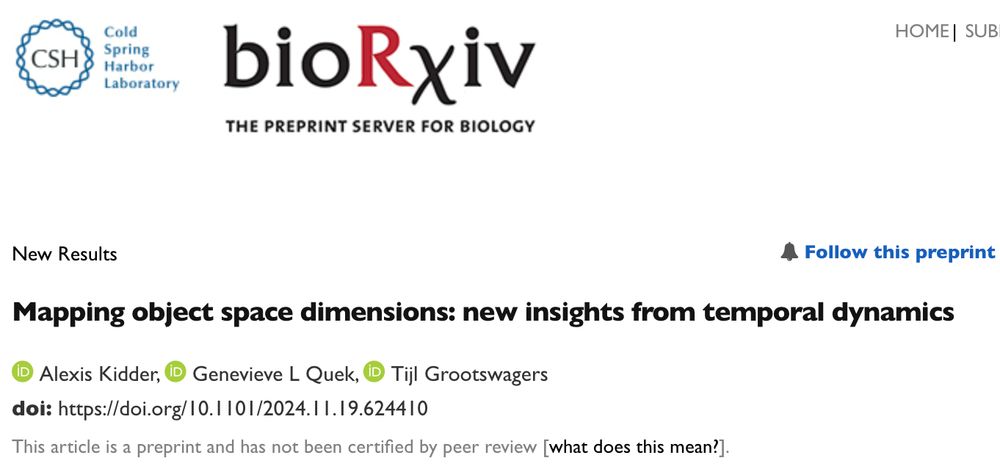
Here, we show that early visual cortex (V1) enhances object borders and rapidly (±50ms) discriminates them, indicating V1 neurons are tuned to perceptually relevant borders in natural images.
Full paper: doi.org/10.1073/pnas...

Here, we show that early visual cortex (V1) enhances object borders and rapidly (±50ms) discriminates them, indicating V1 neurons are tuned to perceptually relevant borders in natural images.
Full paper: doi.org/10.1073/pnas...
Details:
linktr.ee/wsf.nih?utm_...
videocast.nih.gov/watch=55349

Details:
linktr.ee/wsf.nih?utm_...
videocast.nih.gov/watch=55349
